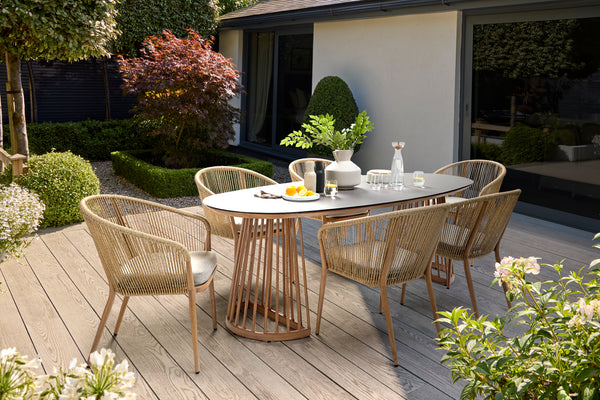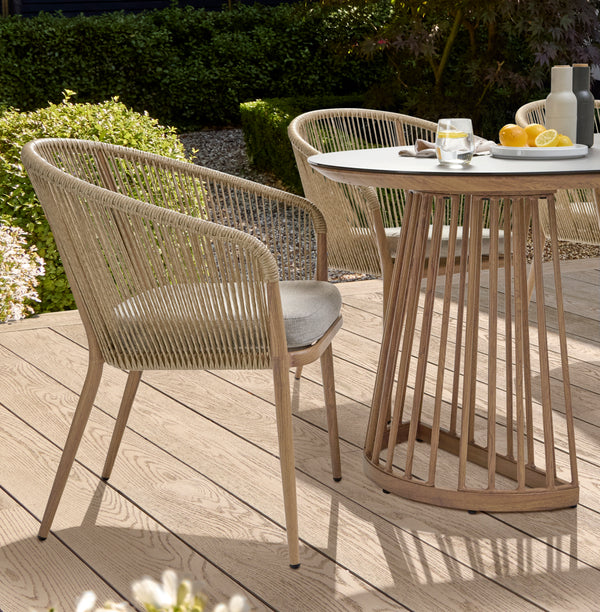
How to Make Your Garden Wildlife Friendly
Gardens contribute to the health of our environment. The more wildlife-friendly they are, the greater the biodiversity of our atmosphere. Thankfully, making a garden wildlife-friendly doesn’t have to be complicated.
Whether you’re looking to give the local birds a safe haven, or if you’re simply looking to develop a garden that’s full of life, promoting the lives of local critters is a great way to make your garden feel alive and thriving.
Are you eager to invite more wildlife into your garden? Or maybe you’re asking yourself “why are there no birds in my garden?” Rest assured, we’ll help you learn how to develop a garden that attracts a diverse range of natural wildlife. Keep reading to find out how it’s done.
Planning Your Wildlife Garden

While planting flowers and trees can be a strong first step in developing a wildlife-friendly space, there are a few other aspects you’ll need to really cultivate a thriving ecosystem:
Adequate Shelter
While birds and insects tend to thrive in the summer, they do require occasional shelter from the sun’s harsh rays. Having a completely open space can turn your garden into a hotspot, so it’s important to create enough shade for some heat protection. Such spots will give your visitors a chance to take a quick break from the sun, allowing them to regenerate their energy before getting back out into the world.
Rather than using structures to create shade, you could look towards trees and bushes. Juniper trees, for example, are very resilient to climate fluctuations, meaning they’ll last throughout the year and give nesting birds and small mammals plenty of shade.
Allow for Water Features
While having a clean, open garden is one thing, it’s another thing entirely to be able to provide nearby sustenance for your visitors. Birds especially are quite partial to a small, clean body of water on their travels.
Why not meet this need with a new water feature? Whether you choose to have something built-in to your garden on a structural level, like a shallow pool or pond, or decide to add things like bird baths in at a later date, you’ll be sure to get some attention to fuel your bird spotting hobby.
Create Designated Space
While it can be tempting to get up and close with your garden’s visitors, doing so can deter them from your space. Ask any birdwatcher and they’ll be sure to tell you that patience is key. Any sudden movement will be enough to put any bird off your presence, causing them to suddenly fly away and seek out a more peaceful location.
If possible, it’s recommended to set out specified locations that are far enough away from the usual commotion of your garden, yet close enough to allow you to enjoy nature’s beauty. Certain animals may be less responsive to places with intrusive outdoor lighting, so be sure to invest in systems with less harsh colour profiles, the likes of which you can find at our store.
Planting Wildlife-Friendly Plants
There are a multitude of flowers that are great for promoting the presence of wildlife. Wildflowers are an example of naturally occurring flowers that are common in the UK, which attract the likes of slugs, bees and other smaller insects that may be interested in paying your garden a visit. Other kinds of suitable wildlife plants include the likes of:
- Honeysuckle
- Jasmine
- Skimmia
- Lavender
- Foxglobe
- Goldenrod
Maintaining Your Wildlife Garden
With your garden freshly altered, you’ll need to make some slight adjustments to your upkeep practices to keep things running smoothly.
Humane and Wildlife-Friendly Pest Control
Unfortunately, not all pest control procedures are kind. Some contain harmful poisons, while they do eradicate traces of unwanted insects, can also be harmful to any wildlife you intend to attract. For this reason, it’s highly important to use wildlife-friendly pest control measures. Think building barriers around the shoots of your new plants, or even experimenting with companion planting.
Forget Fertiliser
Although fertiliser is great at encouraging growth within your planted flowers, they can have some undesirable side effects to wild, naturally occurring flowers. Wildflowers are great at attracting bees, butterflies and other pollinators, but they also grow best in low quality soil without the presence of growth assistants like fertiliser. Rather than using fertiliser, your best bet is to let your ground’s soil do its work naturally, with the occasional sprinkling of water for sustenance.
Strategic Mowing
To keep your lawn in its best possible condition for natural growth, the times you choose to trim it short should be undertaken strategically. While normally, grass mowing is only really done when the length becomes problematic, for fostering wildflowers, you’ll want to trim it short over the winter, before letting it grow longer in the summer. This gives the flowers a greater chance of penetrating the soil, with no obstructions in their growth.
Leave Some Weeds Behind
Despite their unsightly appearance, some weeds are an important source of nutrition for butterflies in particular. While it can be tempting to rip up weeds the second they’re spotted, an even better approach would be to create a designated area in your garden solely for weeds, leaving the butterflies able to draw as many nutrients from them as they can.
How to Attract Bees to Your Garden for Pollination
Bee populations have declined gradually since 1985, falling at a rate of 50% from then until 2005. Throughout this time, there has been a major call for protecting bees for the good of the planet. As a result, more and more of us are seeking out ways to provide shelter and respite for bees, instead of shunning them away as a nuisance. If your garden isn’t quite as bee friendly as you’d like, here is one keen trick for you to try out:
Allow Lawn Weeds to Flower
As mentioned previously, although weeds can be an eyesore, they do provide a good opportunity for pollination for our yellow friends. Dandelions and clovers are a strong source of nectar for bees, so consider holding back on weeding at least until the flowers start to grow.
Cultivate Plants with Nectar and Pollen
This tip goes without saying, but having spaces designated solely to plants rich in nectar and pollen is a guaranteed way to increase your garden’s bee presence. Think of flowers like lavender, comfrey, flowering cherry, and crab apples. All of which are rich in pollen and nectar; a great attraction for your local hive.
Make Bee Nests
Sectioning off a small corner of your garden with a few blocks of scrap wood and hollowed-out cavities is a great way to draw bees away from other nooks and crannies and into a place where you have more control of their presence. Not only this, but developing a ready made nest gives the bees somewhere safe to go in between their travels, helping them grab a much needed rest.
Create the Perfect Garden with KETTLER
Now that you’ve made a wildlife paradise, it’s time to start enjoying it. Get everything you need to transform your garden into your own peaceful sanctuary at KETTLER. From garden furniture to fire pit tables, we’ve got everything you need.
Related Articles
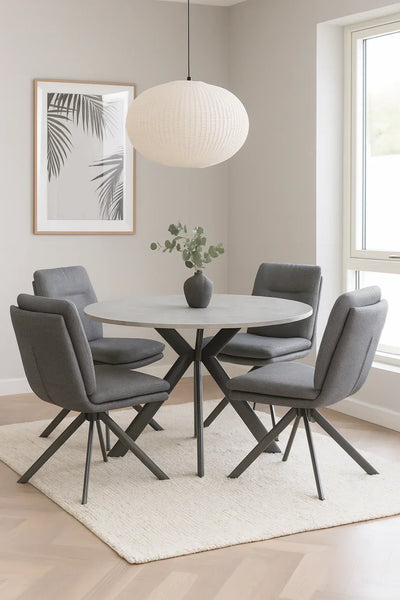 Round, Rectangular, or Square? Top Tips in Choosing the Right Indoor Dining Table Shape
Round, Rectangular, or Square? Top Tips in Choosing the Right Indoor Dining Table Shape
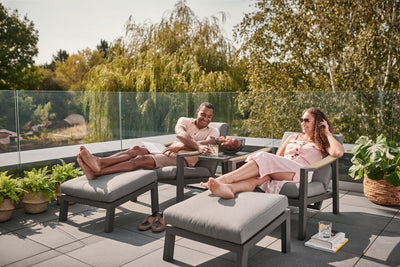 How to Cope With Heatwaves: Creating Outdoor Comfort for You and Your Pets
How to Cope With Heatwaves: Creating Outdoor Comfort for You and Your Pets
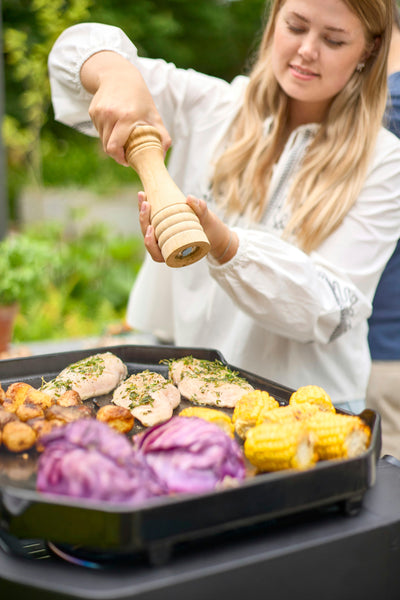 Get The Mediterranean Look For Your Garden
Get The Mediterranean Look For Your Garden
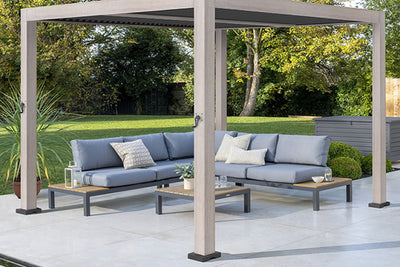 The Ultimate Guide to Pergolas: Ideas for Your Garden | Kettler
The Ultimate Guide to Pergolas: Ideas for Your Garden | Kettler
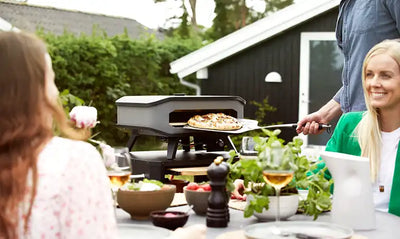 Pizza Oven Buyer's Guide: Which is Best For You?
Pizza Oven Buyer's Guide: Which is Best For You?
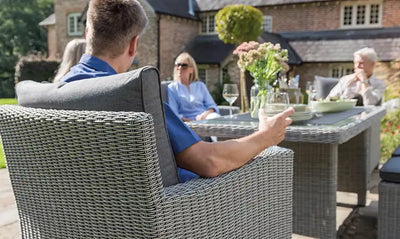 The Best Quality Rattan Garden Furniture Sets
The Best Quality Rattan Garden Furniture Sets
 What to Consider When Building an Outdoor Kitchen
What to Consider When Building an Outdoor Kitchen
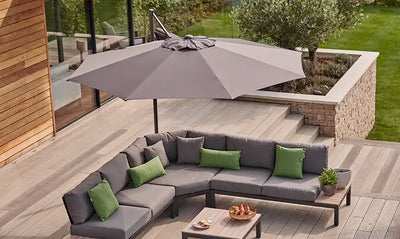 What is the Best Shape for a Garden Parasol?
What is the Best Shape for a Garden Parasol?




